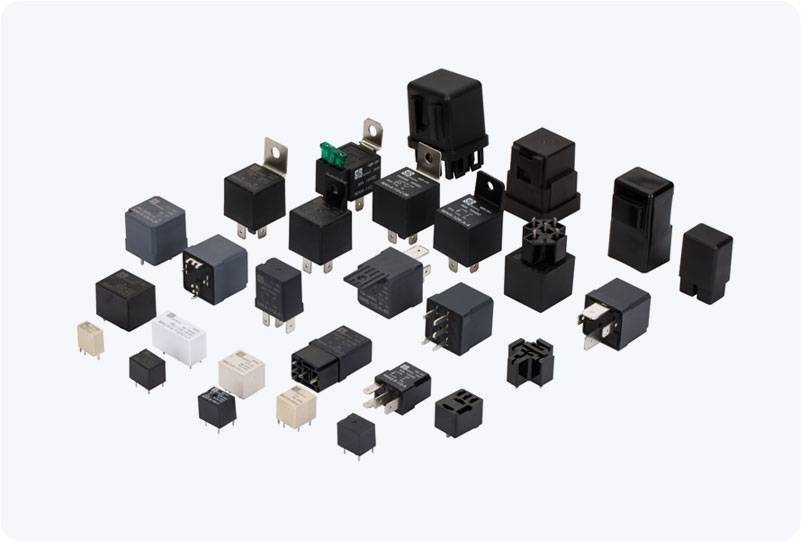The rollout of 5G networks promises to revolutionize connectivity by offering faster speeds, lower latency, and more reliable services. However, deploying 5G infrastructure poses significant challenges, particularly in terms of coverage and capacity. One technology that is playing a crucial role in addressing these challenges is the 5G base station relay. This innovative solution extends the range and enhances the performance of 5G networks, ensuring that users receive consistent and high-quality service even in areas that are traditionally difficult to cover.

What is a 5G Base Station Relay? A 5G base station relay is a device that acts as an intermediary between the primary 5G base station and remote areas or hard-to-reach locations. It facilitates the transmission of 5G signals over long distances, extending the coverage of the network and improving the overall quality of service. The relay does not just forward data; it also enhances the signal strength and reduces the likelihood of network congestion, especially in high-traffic areas. There are two primary ways in which the 5G relay works: Wired Relays: These use physical connections such as fiber optics or Ethernet cables to link the relay stations to the main 5G base station.